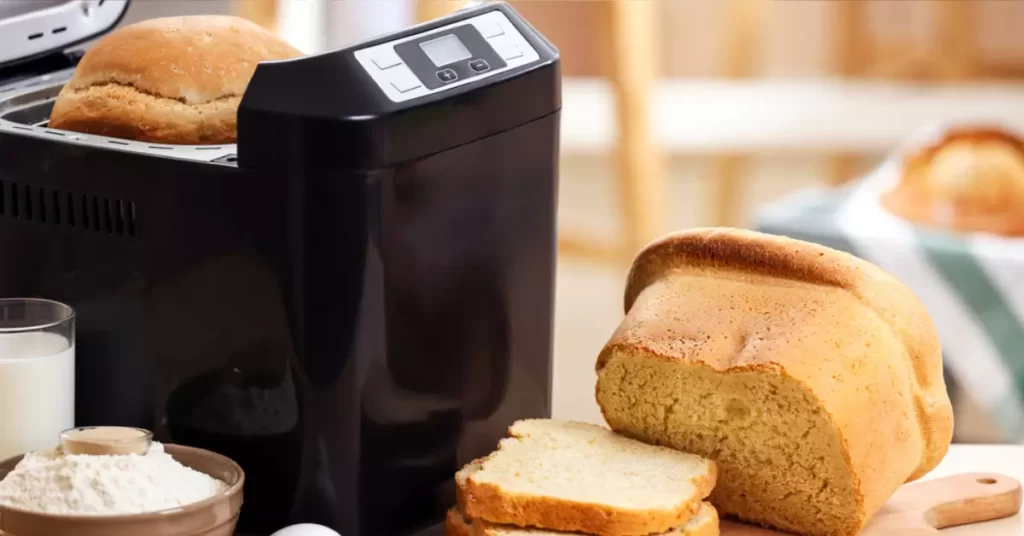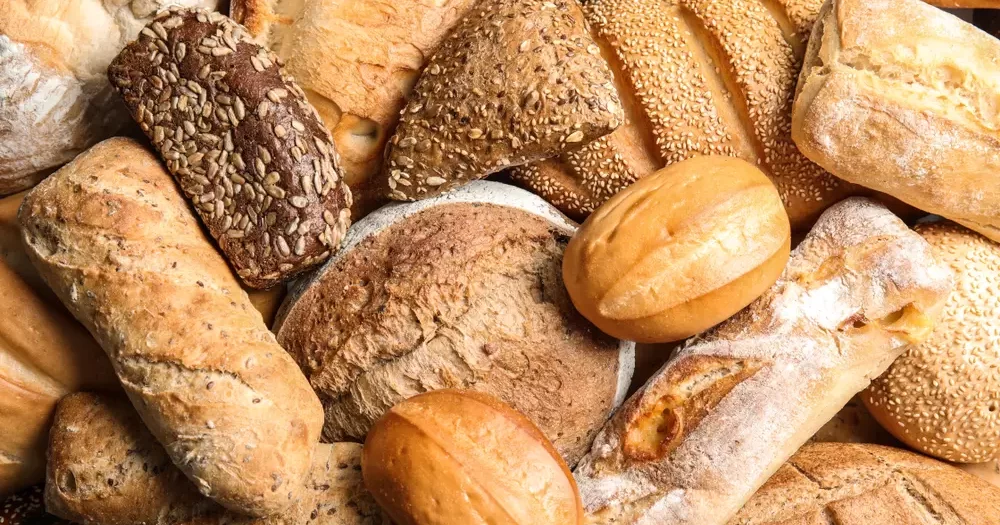The art of bread making, whether done traditionally by hand or utilizing the modern convenience of a bread machine, involves a meticulous balance of ingredients, techniques, and conditions. Any variation can significantly influence the outcome. One frequently encountered issue by avid bread machine users is the cracking of the bread’s crust on top. This perplexing problem can be both visually unappealing and a culinary puzzle for home bakers.
The cracking of the bread crust primarily occurs due to the excess formation of steam within the dough during the baking process. As this steam seeks a way out of the rapidly forming crust, it results in cracks on the bread’s top surface. The reasons for the excess steam can vary, such as the dough’s moisture content, the heat distribution in the bread machine, or even the type of flour used in the recipe.
Uncovering the science behind these cracks can enhance our understanding of bread making in a machine, enabling us to troubleshoot and perfect our baking process. With a deeper knowledge of the factors causing this issue, it becomes possible to prevent cracks and produce bakery-quality bread right in the comfort of our homes.
Common Reasons for Bread Cracking
Too Much Yeast
Yeast is the primary leavening agent in bread, responsible for its rise and fluffy texture. When there’s too much yeast in the dough, it produces excessive gas, which can cause the bread to rise too quickly and then collapse, resulting in cracks on top.
Incorrect Oven Temperature
A crucial aspect of baking bread is maintaining the right temperature. If the oven temperature is too high, the crust forms too quickly, trapping gas inside the loaf. As the gas expands, it causes the crust to crack.
Improper Gluten Formation
Gluten is a protein found in wheat flour that provides structure to the bread. Insufficient gluten formation can lead to weak dough that lacks the strength to hold its shape during baking. As a result, the bread may crack as it expands in the oven.

Insufficient Steam
Steam plays a vital role in bread baking by keeping the crust soft and pliable during the initial stages of baking. A lack of steam can cause the crust to become too hard too soon, leading to cracks as the loaf continues to expand.
Incorrect Flour Type
The type of flour you use can significantly impact the outcome of your bread. Bread flour, which has a higher protein content, is ideal for making bread in a bread machine. Using all-purpose flour or other lower protein flours can result in weaker dough and a cracked top.
How to Prevent Bread Cracking in a Bread Machine
Measure Ingredients Accurately
Using the correct measurements of ingredients is critical in bread making. Be sure to use a kitchen scale or measuring cups and spoons to ensure accurate measurements of your ingredients, particularly when it comes to flour and yeast.
Choose the Right Flour
Opt for bread flour when making bread in a bread machine. The higher protein content in bread flour allows for better gluten development, resulting in a stronger dough that can withstand the expansion during baking without cracking. If you’re using all-purpose flour, consider adding vital wheat gluten to improve dough strength.
Adjust Yeast Quantity
To prevent excessive gas production, make sure to use the right amount of yeast in your bread recipe. If you’re unsure, start with a smaller quantity and adjust based on the results. Keep in mind that different yeast types (e.g., active dry, instant, or fresh) have different potencies, so follow the recipe guidelines or consult the yeast packaging for proper conversion.

Ensure Proper Steam
To create steam during the baking process, add a small, oven-safe dish filled with water to your bread machine. The steam will help keep the crust pliable and reduce the risk of cracking. Alternatively, you can also use a spray bottle to mist the loaf with water during the initial stages of baking.
Monitor Baking Temperature
Maintain the right temperature throughout the baking process. Follow the recipe guidelines for temperature settings and keep an eye on the progress to make necessary adjustments. Investing in an oven thermometer can help you monitor the temperature more accurately.
Bread Machine-Specific Tips
- Make sure your bread machine is in good working condition. Clean and maintain it regularly to ensure optimal performance.
- Use the right settings for your specific bread recipe. Bread machines often have various settings for different types of bread, crust color, and loaf size. Choose the appropriate setting to achieve the desired results.
- Check the dough consistency during the kneading process. If the dough is too sticky or too dry, make necessary adjustments by adding more flour or water in small increments.
- Follow bread machine recipes specifically designed for your machine model. This will help you achieve the best results and reduce the risk of issues like cracked bread.
FAQs
Can I still eat bread that has cracked on top?
Yes, cracked bread is still safe to eat. While the appearance may be less than perfect, the taste and texture should be relatively unaffected.
How do I store bread baked in a bread machine to maintain freshness?
Store your bread in a cool, dry place, away from direct sunlight. Use a bread box or a plastic bag with small ventilation holes to keep the bread fresh. Avoid refrigerating bread, as this can cause it to dry out and become stale more quickly.
Can I use a regular bread recipe in my bread machine?
While it’s possible to adapt a regular bread recipe for use in a bread machine, it’s generally best to use recipes specifically designed for bread machines. This will ensure optimal results and prevent potential issues like cracked tops.
Final Verdict
The cracking of bread on top while using a bread machine isn’t a sign of a baking disaster but rather an indication of certain conditions during the baking process. It primarily revolves around the interplay of moisture content, heat distribution, and the type of flour used.
By adjusting these variables carefully, one can largely prevent unwanted cracking and achieve a perfect loaf every time. Understanding this aspect of bread making not only enhances the visual appeal and texture of our homemade bread but also deepens our appreciation for the science behind this beloved staple.
Thus, with each loaf we make, we become not only better bakers but also more knowledgeable enthusiasts of this age-old culinary tradition.
